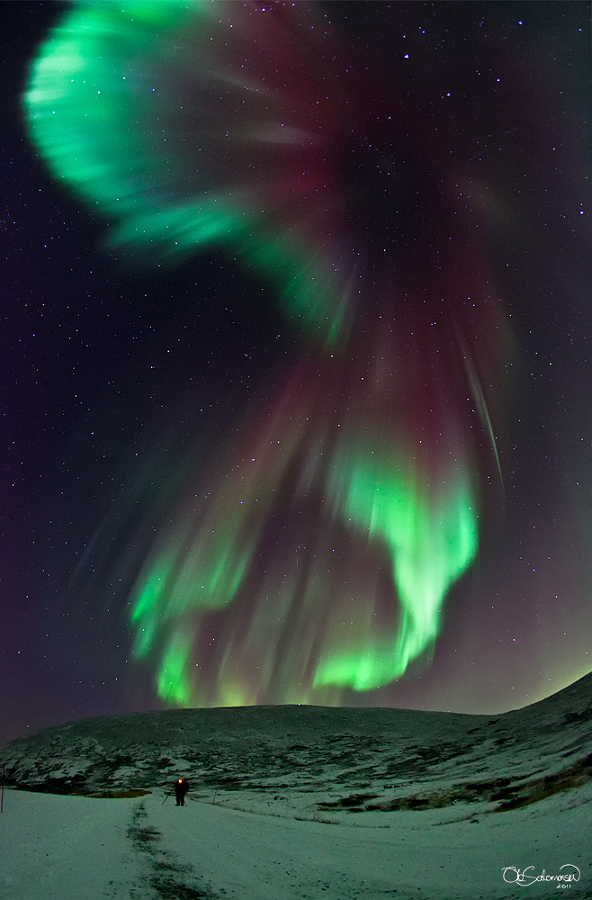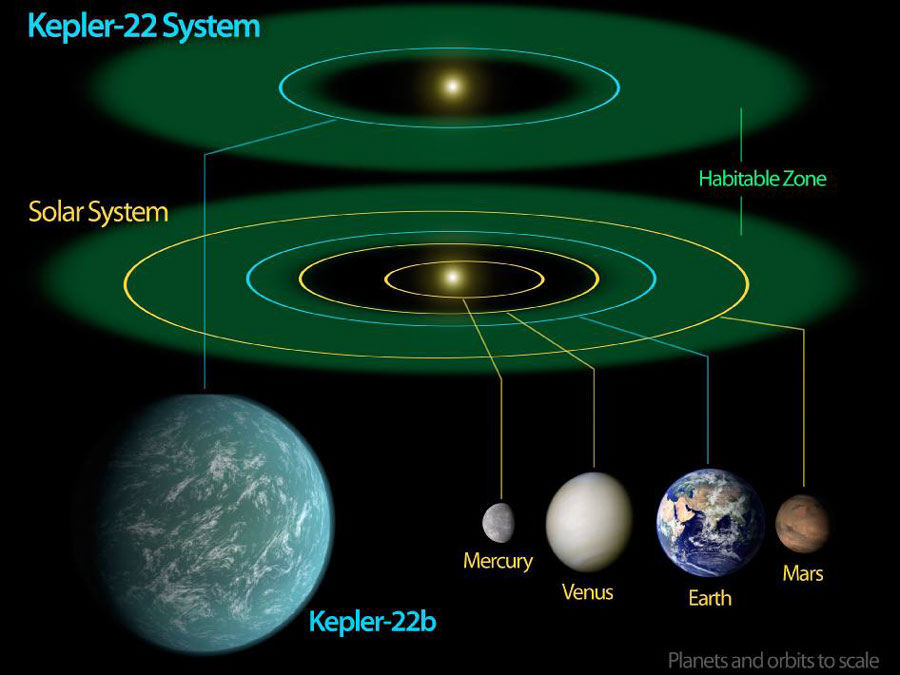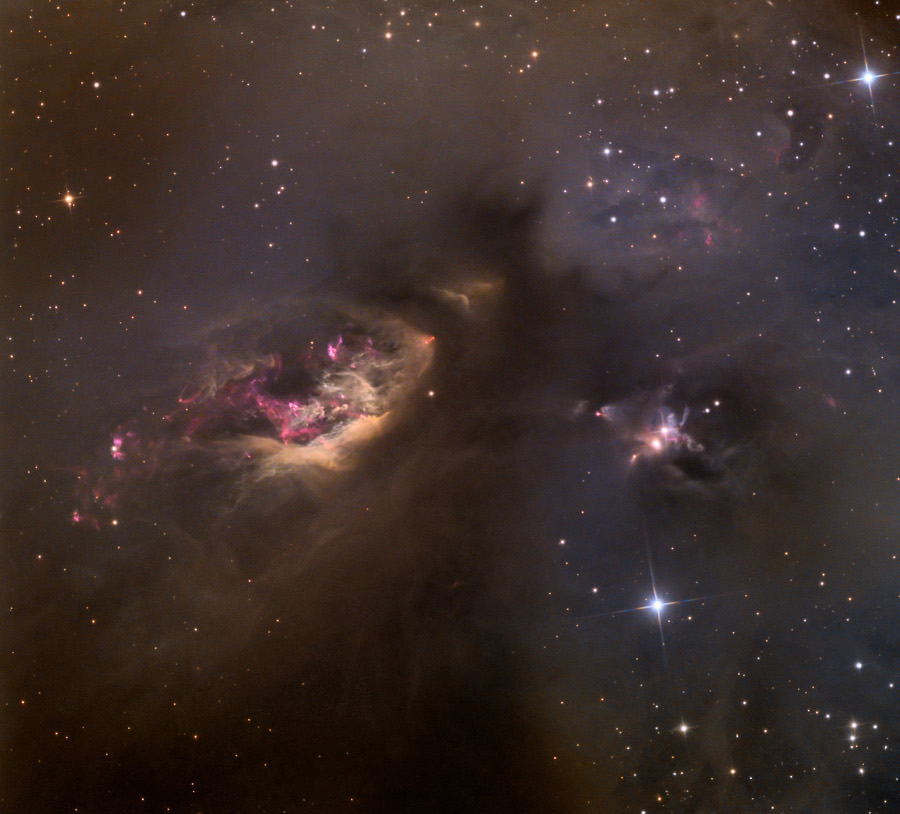Please vote for the TWO best Astronomy Pictures of the Day (image and text) of December 4-10, 2011.
(Repeated APODs are not included in the poll.)
All titles are clickable and link to the original APOD page.
We ask for your help in choosing an APOW as this helps Jerry and Robert create "year in APOD images" review lectures, create APOM and APOY polls that can be used to create a free PDF calendar at year's end, and provides feedback on which images and APODs were relatively well received. You can select two top images for the week.
We are very interested in why you selected the APODs you voted for, and enthusiastically welcome your telling us why by responding to this thread.
Thank you!
_______________________________________________________________
<- Previous week's poll
It was one of the most memorable auroras of the season. There was green light, red light, and sometimes a mixture of the two. There were multiple rays, distinct curtains, and even an auroral corona. It took up so much of the sky. In the background were stars too numerous to count, in the foreground a friend trying to image the same sight. The scene was captured with a fisheye lens around and above Tromsø, Norway, last month. With the Sun becoming more active, next year might bring even more spectacular aurora.
Image Credit & Copyright: S2P / IMCCE / OPM / JL Dauvergne et al.
It's the closest match to Earth that has yet been found. Recently discovered planet Kepler 22b has therefore instantly become the best place to find life outside our Solar System. The planet's host star, Kepler 22, is actually slightly smaller and cooler than the Sun, and lies 600 light-years from Earth toward the constellation of the Swan (Cygnus). The planet, Kepler 22b, is over twice the radius of the Earth and orbits slightly closer in, but lies in the habitable zone where liquid water could exist on the surface. Pictured above is an artist's depiction of how Kepler 22b might appear to an approaching spaceship, in comparison to the inner planets of our Solar System. Whether Kepler 22b actually contains water or life is currently unknown. A SETI project, however, will begin monitoring Kepler 22b for signs of intelligence.
The cosmic brush of star formation composed this alluring mix of dust and dark nebulae. Cataloged as Sh2-239 and LDN 1551, the region lies near the southern end of the Taurus molecular cloud complex some 450 light-years distant. Stretching for nearly 3 light-years, the canvas abounds with signs of embedded young stellar objects driving dynamic outflows into the surrounding medium. Included near the center of the frame, a compact, tell-tale red jet of shocked hydrogen gas is near the position of infrared source IRS5, known to be a system of protostars surrounded by dust disks. Just below it are the broader, brighter wings of HH 102, one of the region's many Herbig-Haro objects, nebulosities associated with newly born stars. Estimates indicate that the star forming LDN 1551 region contains a total amount of material equivalent to about 50 times the mass of the Sun.
Tomorrow, December 10, the Full Moon will slide through planet Earth's shadow in a total lunar eclipse. The entire eclipse sequence, including 51 minutes of totality, will be visible from Asia and Australia, but moonwatchers in Europe and Africa will miss out on the beginning partial phases because for them, the eclipse will start before moonrise. In central and western North America the earlier phases of the eclipse will be in progress as the Moon sets. In fact, while those in the east will miss out, North Americans far enough west could see a scene very much like this one, with a mostly eclipsed Moon low and near the western horizon during morning twilght. This morning twilight view of another lunar eclipse approaching its total phase at moonset was captured in 2008 on February 21, from the Zagros Mountains of Iran.
<- Previous week's poll




